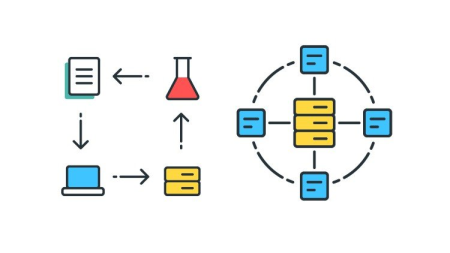0nelove
Active member

Data Analysis: Filter & Sort Data in SQL Server, SSMS T-SQL
Instructors: Bluelime Learning Solutions
4 sections • 20 lectures • 1h 39m total length
Video: MP4 1280x720 44 KHz | English + Sub
Updated 2/2022 | Size: 715 MB
Hands-on Data Analysis on SQL Server using SSMS and T-SQL
What you'll learn
Learn how to Setup SQL Server
Connect to SQL Server using SSMS
Install sample database
Filter data using equality filters
Filter data using comparison filters
Filter data using logical filters
Filter data using string filters
Filter data using NULL Filters
Sort data in ascending order
Sort data in descending order
Requirements
Basic knowledge of database concepts advised
Description
Data analysis is a process of inspecting, cleansing, transforming, and modelling data with the goal of discovering useful information, informing conclusions, and supporting decision-making.
Microsoft SQL Server is a relational database management system developed by Microsoft. As a database server, it is a software product with the primary function of storing and retrieving data as requested by other software applications-which may run either on the same computer or on another computer across a network.
SQL Server Management Studio (SSMS) is an integrated environment for managing any SQL infrastructure. Use SSMS to access, configure, manage, administer, and develop all components of SQL Server, Azure SQL Database , Azure SQL Managed Instance, SQL Server on Azure VM, and Azure Synapse Analytics. SSMS provides a single comprehensive utility that combines a broad group of graphical tools with many rich script editors to provide access to SQL Server for developers and database administrators of all skill levels.
T-SQL, which stands for Transact-SQL and is sometimes referred to as TSQL, is an extension of the SQL language used primarily within Microsoft SQL Server. This means that it provides all the functionality of SQL but with some added extras.
Sorting is the process of arranging data into meaningful order so that you can analyse it more effectively. For example, you might want to order sales data by calendar month so that you can produce a graph of sales performance. You can sort text data into alphabetical order. sort numeric data into numerical order.
The ORDER BY keyword is used to sort the result-set in ascending or descending order. The ORDER BY keyword sorts the records in ascending order by default. To sort the records in descending order, use the DESC keyword.
Data filtering is the process of choosing a smaller part of your data set and using that subset for viewing or analysis.
A WHERE clause in SQL specifies that a SQL Data Manipulation Language (DML) statement should only affect rows that meet specified criteria. . SQL WHERE clause is used to extract only those results from a SQL statement, such as: SELECT , INSERT , UPDATE , or DELETE statement. Using the WHERE clause t you can filter data.
Who this course is for
Beginner Data Analyst
Beginner Data Scientist
Screenshots
Code:
https://uploadgig.com/file/download/7C643fe2EBe178ef/DataAnalysisFilterSortDatainSQLServ.rar
https://rapidgator.net/file/303c2eadbdf890a7794fa41dc94b13fc/DataAnalysisFilterSortDatainSQLServ.rar.html
https://nitro.download/view/B9FEE5E51CC0295/DataAnalysisFilterSortDatainSQLServ.rar